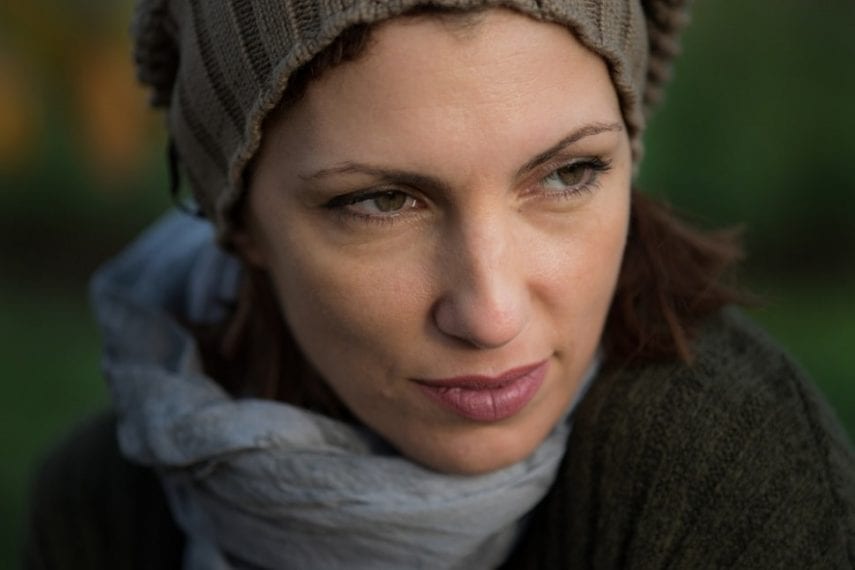Getting Ahead of Seasonal Depression with Treatment Options to Empower You This Winter

How do you know when your distress is more than just the “winter blues”? How do you know when you need treatment for seasonal depression? The caring professionals who can help answer that question can also point you to effective treatment options that can truly brighten your everyday life.
The thing that left Cora feeling utterly defeated was being unable to get out of bed. She did try. She set ten alarms to go off, each one three minutes apart. Cora asked people to call her at a certain time to help wake her up with the phone’s ring and a conversation. She put her alarm clock on the other side of the room so she’d have to get up out of bed to turn it off. But, still, it was as if she didn’t actually have the capacity to make a decision to leave the bed and start the day.
Even with the extra sleep she got during these long snooze periods, she didn’t feel rested or energetic throughout the day. She felt defeated, and she had no hope that things would be any better tomorrow. It didn’t occur to Cora that she might be unwell; instead, she got down on herself and felt ashamed for her lack of productivity. She blamed herself for laziness and sunk deeper into the darkness of her despair, the darkness of the season.
It was her sister who helped Cora to recognize the pattern of her lethargy and depression. From late fall into early spring, she struggled with this inability to get out of bed and the resulting distress and self-criticism. And the cycle continued for years. Cora’s sister made some calls and discovered a path to seasonal depression treatment. This turned Cora’s life around as she was no longer forfeiting her power to a mood disorder.
When Seasonal Depression Treatment Is Necessary
Someone who has seasonal depression, or seasonal affective disorder (SAD), may feel defeated, isolated, disempowered, hopeless, and overwhelmingly low. Without treatment, their moods can get worse, and they may also face the following risks:
- Self-harm
- Suicidal thoughts and attempts
- Substance abuse
- Psychotic episodes
- Co-occurring disorders
As Cora experienced, depression is often out of a person’s control—at least, when they are struggling with it on their own.
Compassionate clinical intervention can reverse one’s serious decline. Seasonal depression treatment can have an immensely positive effect on a person’s depressive symptoms, their overall well-being, and their motivation to look toward a brighter path in recovery. And treatment options put the healing possibilities back into an individual’s hands, so they can feel empowered and supported.
Call for a Free Confidential Assessment.
877-727-4343What to Expect from Treatment Options for Seasonal Affective Disorder
If you or someone you know suffers from symptoms such as depressed feelings, hopelessness, irritability, social withdrawal, low energy, appetite and weight changes, or difficulty concentrating during the darker months of the year, it’s important to receive a psychological assessment. Don’t make assumptions about what the situation may or may not be; only a professional opinion can point the way toward appropriate and effective treatment options. A clinical diagnosis can determine whether seasonal depressive symptoms stem from major depression or bipolar disorder—or in connection with any other mental health issues.
There is hope for the chronic patterns of seasonal affective disorder. And the best hope is through a curated combination of therapies suited to the individual and integrated into their daily life. These proven treatment options include:
- Light Therapy — Specially designed lights work by artificially replacing sunlight that is absent during the dark fall and winter months. A person gets regular daily exposure, supplementing this important seasonal lack that typically leads to hormonal imbalance and depressive symptoms.
- Antidepressant Medications — Under close clinical supervision, certain medications can be incredibly effective at balancing a person’s hormones and symptoms. This can be an important treatment option to support other therapies at work, especially as a person is actively integrating new and positive lifestyle habits.
- Psychotherapy — Working with a therapist is one of the most effective ways for an individual to regain their strength and hope. Through methods such as cognitive behavioral therapy, or CBT, a therapist can help a client to recognize their depressive thought patterns and actively restructure them. Together, they can develop positive strategies for dealing with stress and negativity so the weight of seasonal symptoms is not such a heavy burden to carry.
- Holistic Therapies — Additional therapies can help with symptom management, stress relief, and empowerment. Physical fitness, yoga, massage, acupuncture, meditation, music therapy, and art therapy activities help clients to rediscover the important mind-body connection. And these holistic therapies introduce even more positive coping strategies they can integrate into their life in recovery moving forward.
While it is a well-rounded combination of therapies that works best for the management and improvement of seasonal affective disorder, it doesn’t have to be an overwhelming journey. In treatment centers, clients receive personalized attention and compassionate support during and after their dedicated program. In this healing context, they can find the light and the lightness even through the darkest, heaviest season of the year. They can find their power from within and the path back to the life they really want to be living.
Bridges to Recovery offers comprehensive residential treatment for people struggling with mental health disorders as well as process addictions. Contact us to learn more about our renowned Los Angeles programs and how we can help you or your loved one start the journey toward healing.






